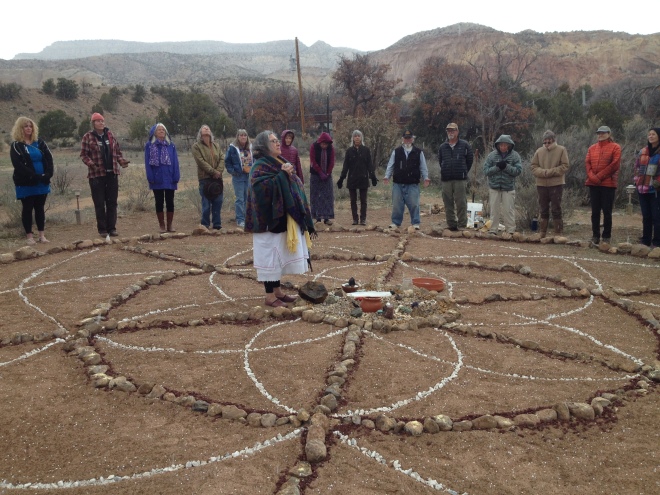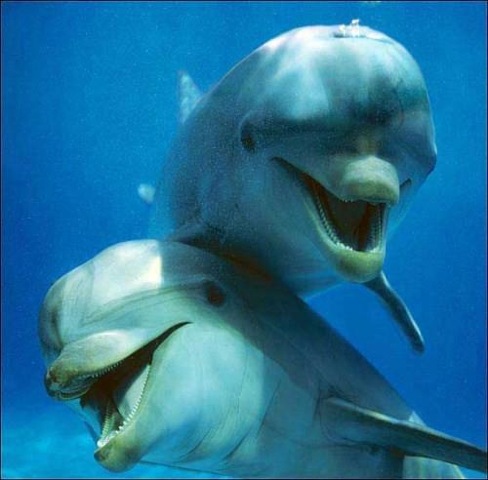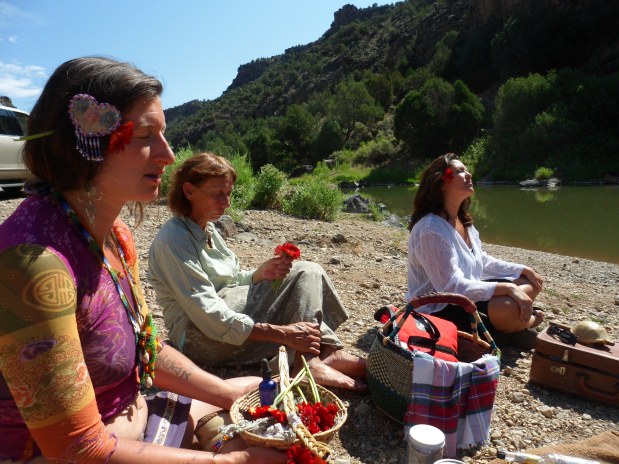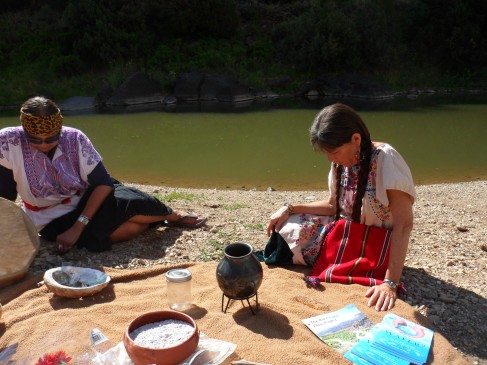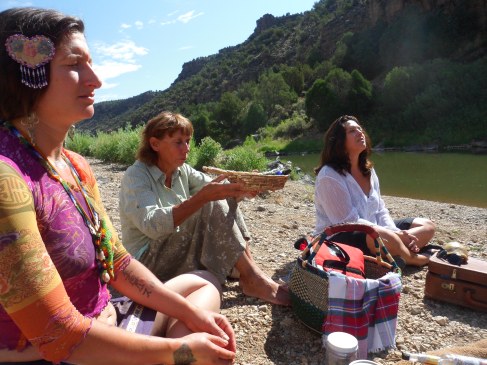Subject: for NM citizens to know: WHIPP and area fracking; the scoop
from amigos bravos:
Have you seen this one?
http://www.truth-out.org/news/item/24201-will-fracking-cause-our-next-nuclear-disaster
EXCERPT:
“Independent scientists who have reviewed a water analysis
conducted by state authorities of a Texas resident’s drinking
well say the chemical signatures found in the water may provide
“the nation’s first conclusive link” between fracking operations
and aquifer contamination.”
http://www.commondreams.org/headline/2014/06/06-1
‘Conclusive Link’ Between Fracking, Aquifer Contamination Found
in Texas: Scientists say water samples from Texas man’s well
show identical chemical signatures from nearby gas drilling operations
Jon Queally
June 6, 2014
Parker County homeowner Steve Lipsky demonstrated for local TV
news outlet WFAA how water coming from his underground well can
be ignited. (Credit: WFAA)Independent scientists who have
reviewed a water analysis conducted by state authorities of a
Texas resident’s drinking well say the chemical signatures found
in the water may provide “the nation’s first conclusive link”
between fracking operations and aquifer contamination.
Though a state investigation—conducted by the Texas Railroad
Commission in response to an official complaint filed by
landowner and Parker County resident Steve Lipsky—said it
found the chemical analysis of the water inconclusive, experts
shown the results say the commission was simply wrong. “And not
just by a little,” reports local ABC-affiliate WFAA News who
shared the results with several scientists, “but by a lot.”
Lipsky said he has long believed that nearby hydraulic
fracturing by the Range Resources company was to blame for the
increasing amounts of methane and other chemicals in his
drinking water. Since 2010, he says, growing amounts of methane
have been seeping into the groundwater beneath his land – enough
of it so that he can literally light the water coming out of his
well on fire.
Range Resources says there is no connection between the methane
in Lipsky’s well and their drilling, but scientists shown the
results from the water analysis—specifically one called an
isotopic analysis—say the chemical composition shows they are
an exact match to the gas being fracked at two nearby drilling
sites—called Butler and the Teal—within the Barnett Shale deposit.
“The methane and ethane numbers from the Butler and Teal
production are essentially exactly the same as from Lipsky’s
water well,” said earth scientist Geoffrey Thyne of Wyoming,
who reviewed the data for WFAA. “It tells me that the gas is
the same, and that the gas in Lipsky’s water well was derived
from the Barnett formation.”
And soil scientist Bryce Payne of Pennsylvania—who himself
conducted testing Lipsky’s water in 2013—agreed with that
assessment and told WFAA the gas in Lipsky’s water (referred to
in the state’s report as “well number 8”) is clearly the result
of fracking operations.
“The gas from well number 8 is coming from the Barnett and it’s
coming nearly straight from the Barnett,” Payne said.
Thyne and Payne separately told WFAA that they believe the test
results could represent the nation’s first conclusive link
between fracking and aquifer contamination, even if the state
commission has so far refused to acknowledge the weight of the evidence.
“What we seem to have here is the first good example that that,
in fact, is happening,” said Thyne.
Watch the entire WFAA report as it aired for local Texas
residents on Thursday night:
Correction: An earlier version of this article misstated the
name of the gas company. That error has been corrected.









